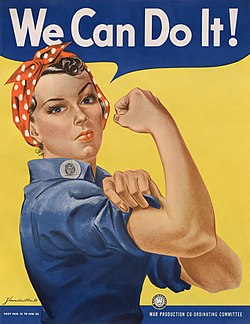New data from CFR’s Women’s Power Index tracks countries on their progress toward gender parity in political representation.
https://www.cfr.org/blog/womens-power-index-find-out-where-women-lead-and-why-it-matters-0
The Women and Foreign Policy program’s most recent update of the “Women’s Power Index” ranks 193 UN member states on their progress toward gender parity in political participation. It analyzes the proportion of women who serve as heads of state or government, in cabinets, in national legislatures, as candidates for national legislatures, and in local government bodies, and visualizes the gender gap in political representation.
Since the last update in 2021, global progress toward gender parity in political representation has increased by just over 1 point, to 28.5, on the 100-point aggregate scale employed. Seven new countries rose over fifty points in their gender parity score: Australia, Cape Verde, Chile, Germany, Monaco, Senegal, and Serbia. Austria, Namibia, and Portugal have fallen under fifty points. The United States ranks seventy-fifth overall on political gender parity, a decline from its previous rank of forty-third. Iceland rose from third to first place, which was previously held by Costa Rica.
Across the five indicators, progress has continued, albeit unevenly. Since the end of World War II, 75 of the 193 countries have elected a female head of state or government, with the most progress coming in the past two decades. Eleven countries elected their first woman into high office during the 2000s, twenty-five in the 2010s, and eleven thus far in the 2020s. Out of 193 countries:
Twenty-six UN member states currently have a female head of state or government – nearly an 18 percent increase from 2021. Two countries (Barbados and Bosnia and Herzegovina) currently have both a woman head of state and head of government. And two countries not recognized by the United Nations, Kosovo and Taiwan, are led by women.
Thirteen UN member states have at least 50 percent women in the national cabinet – the same number as in 2021.
Six UN member states have at least 50 percent women in the national legislature – a 100 percent increase from 2021.
The interactive presentation includes the following features:
a dynamic global map displaying each country’s indicators for gender parity in representation
a searchable list of current female heads of state or government
a customizable table to compare data on gender parity from different nations and regions
New analysis and research on why women’s political representation and leadership matters









